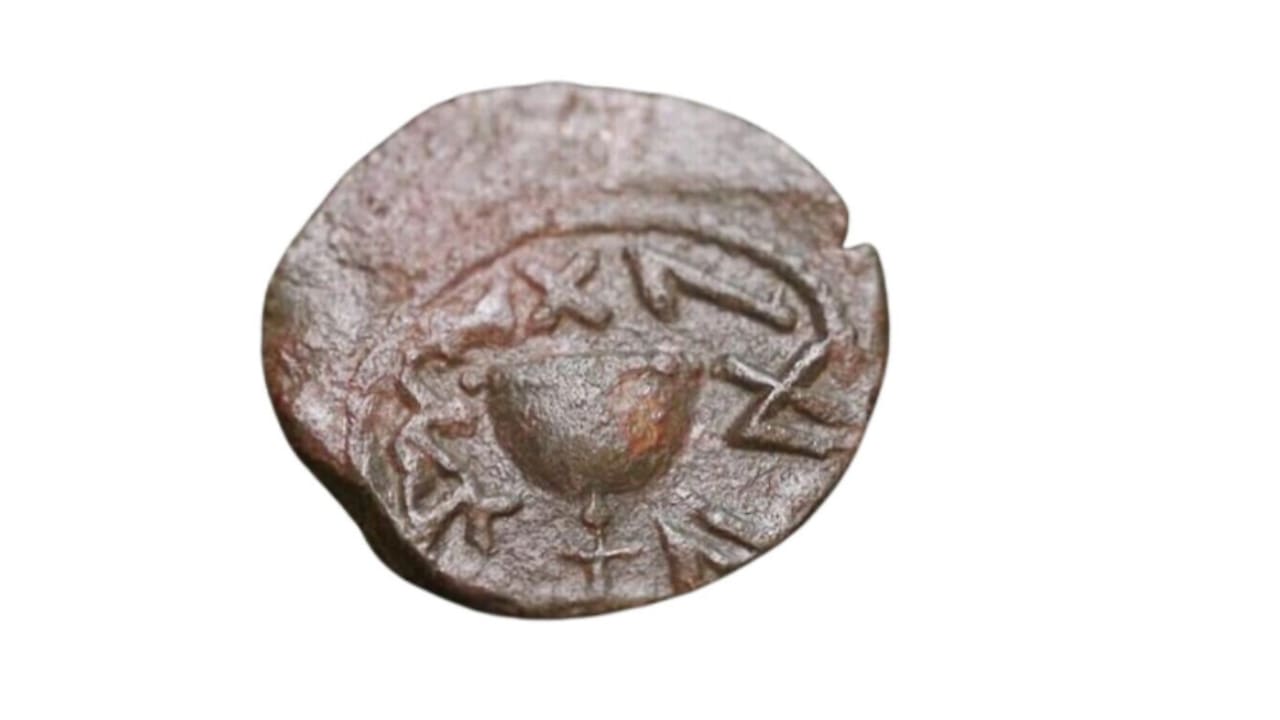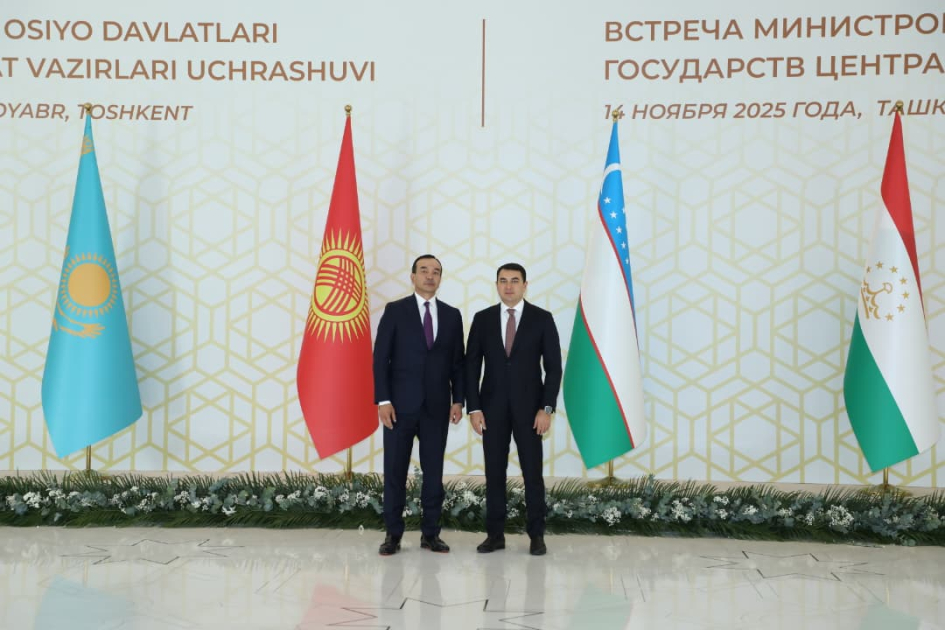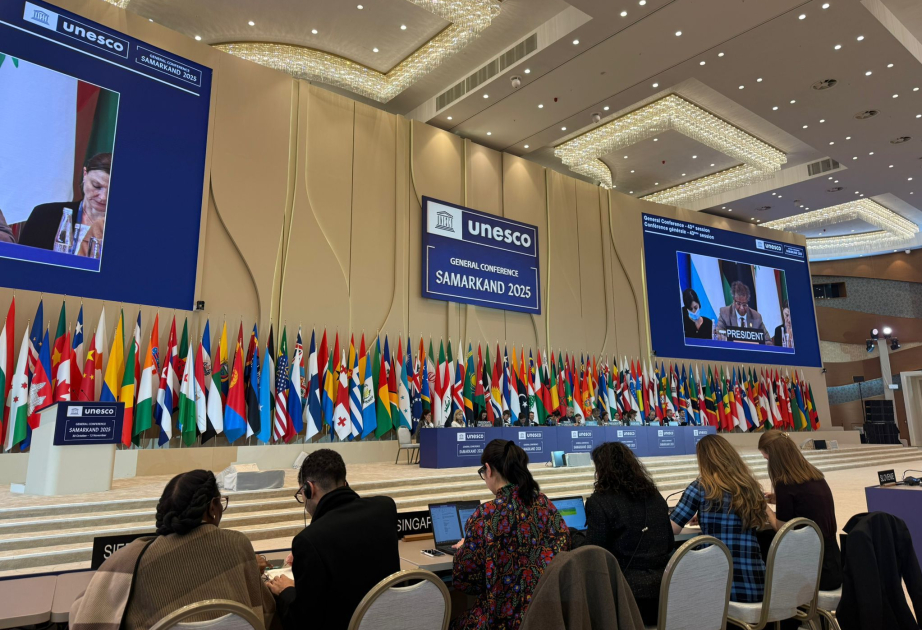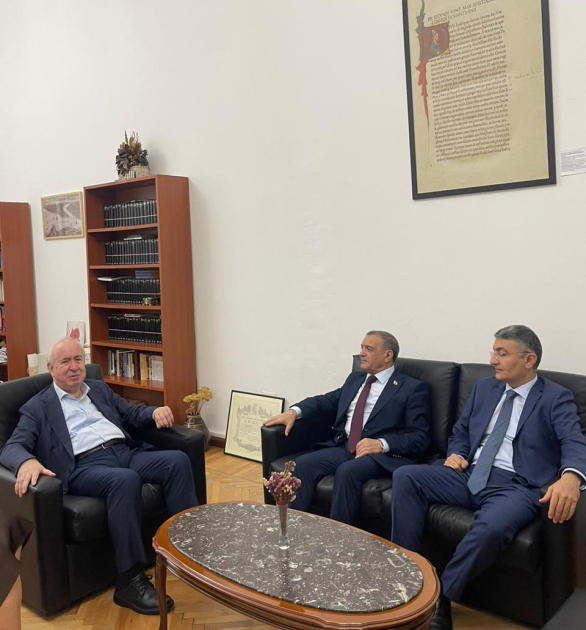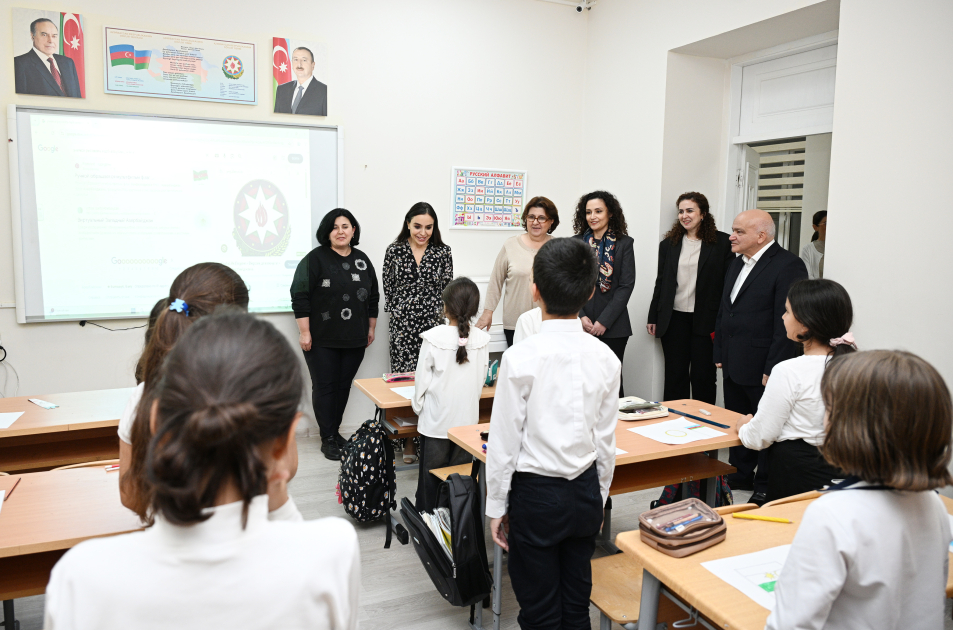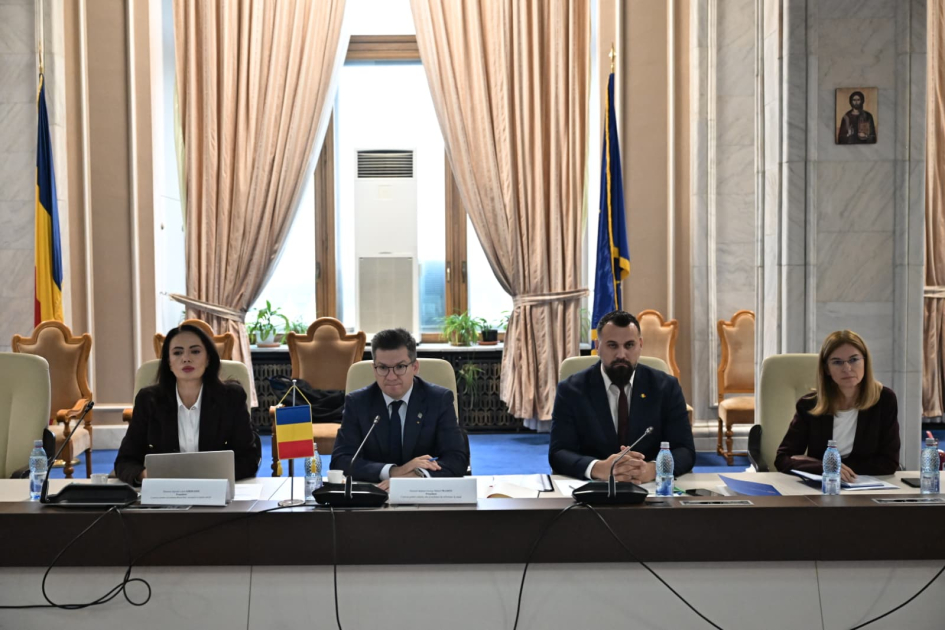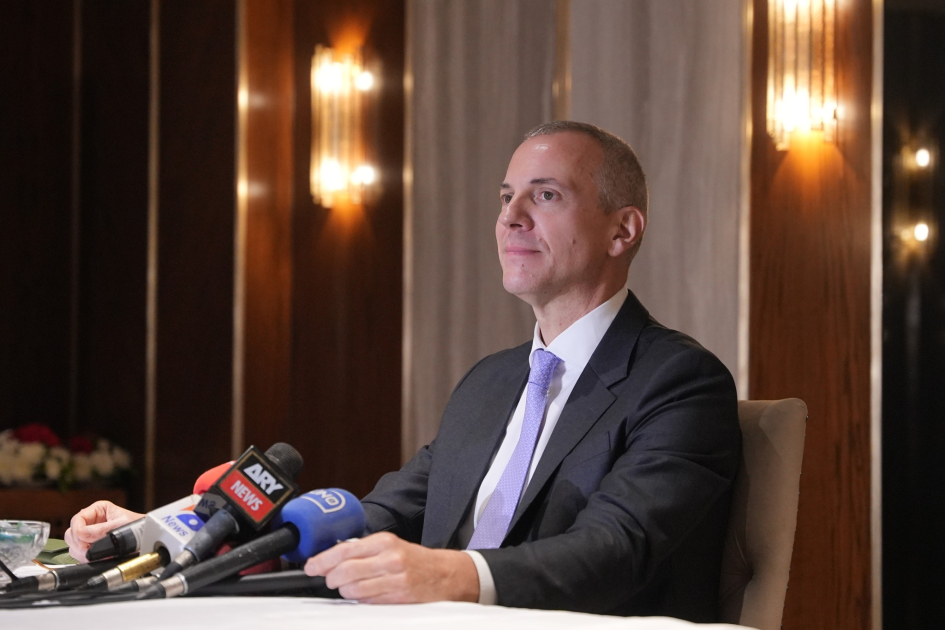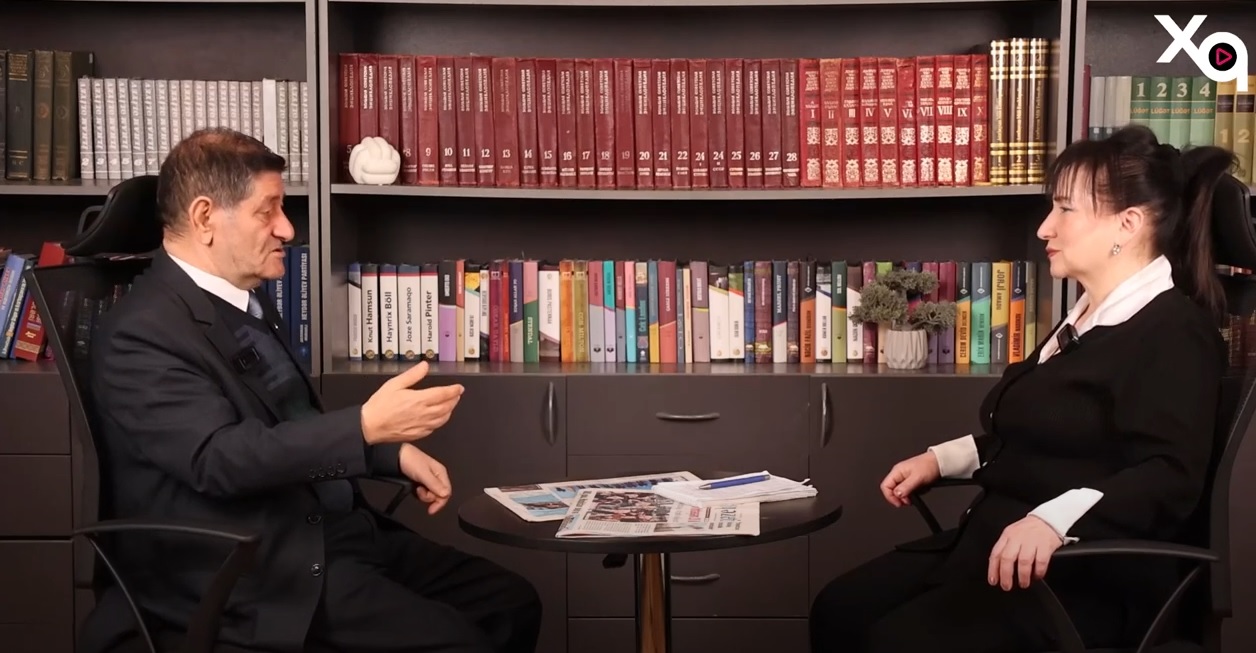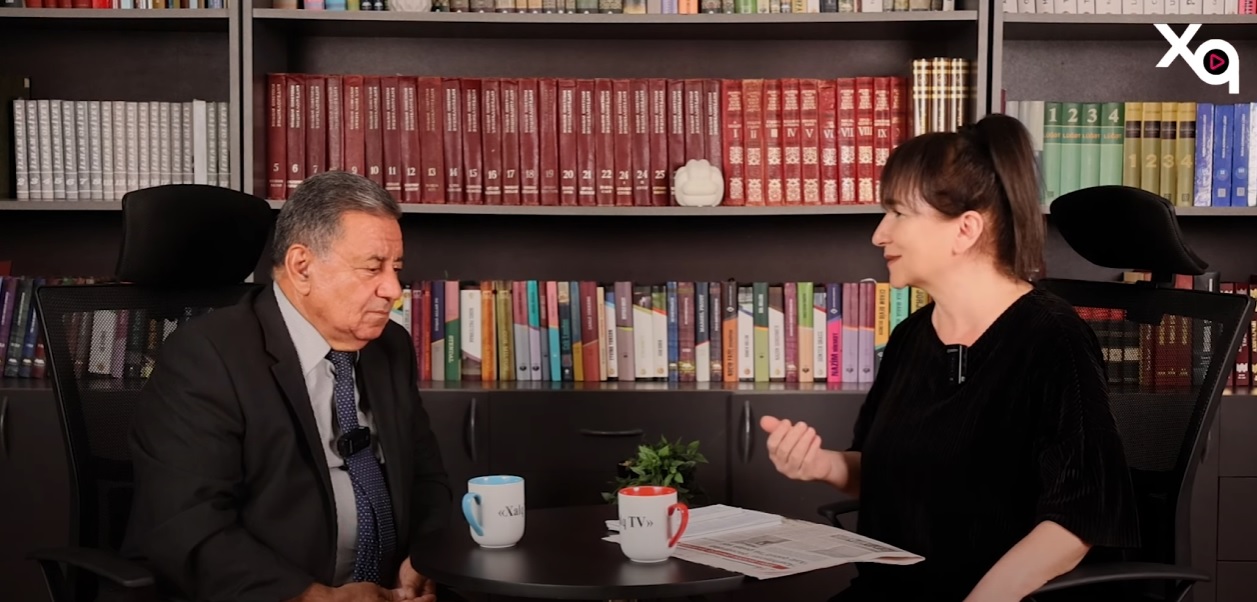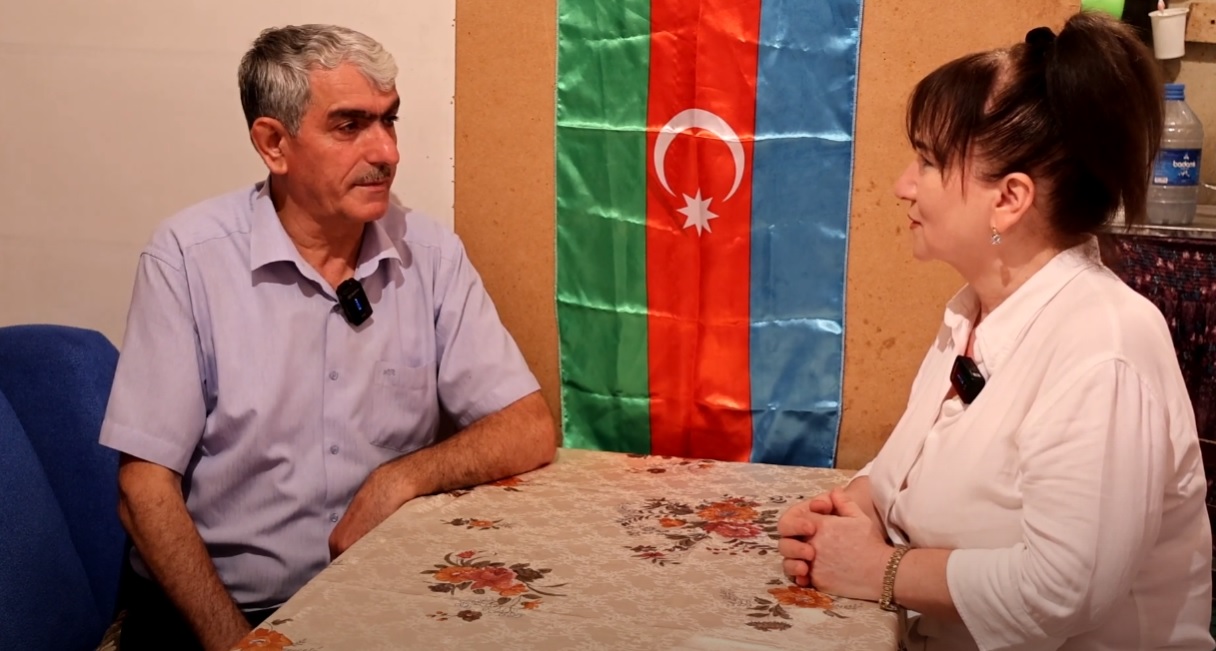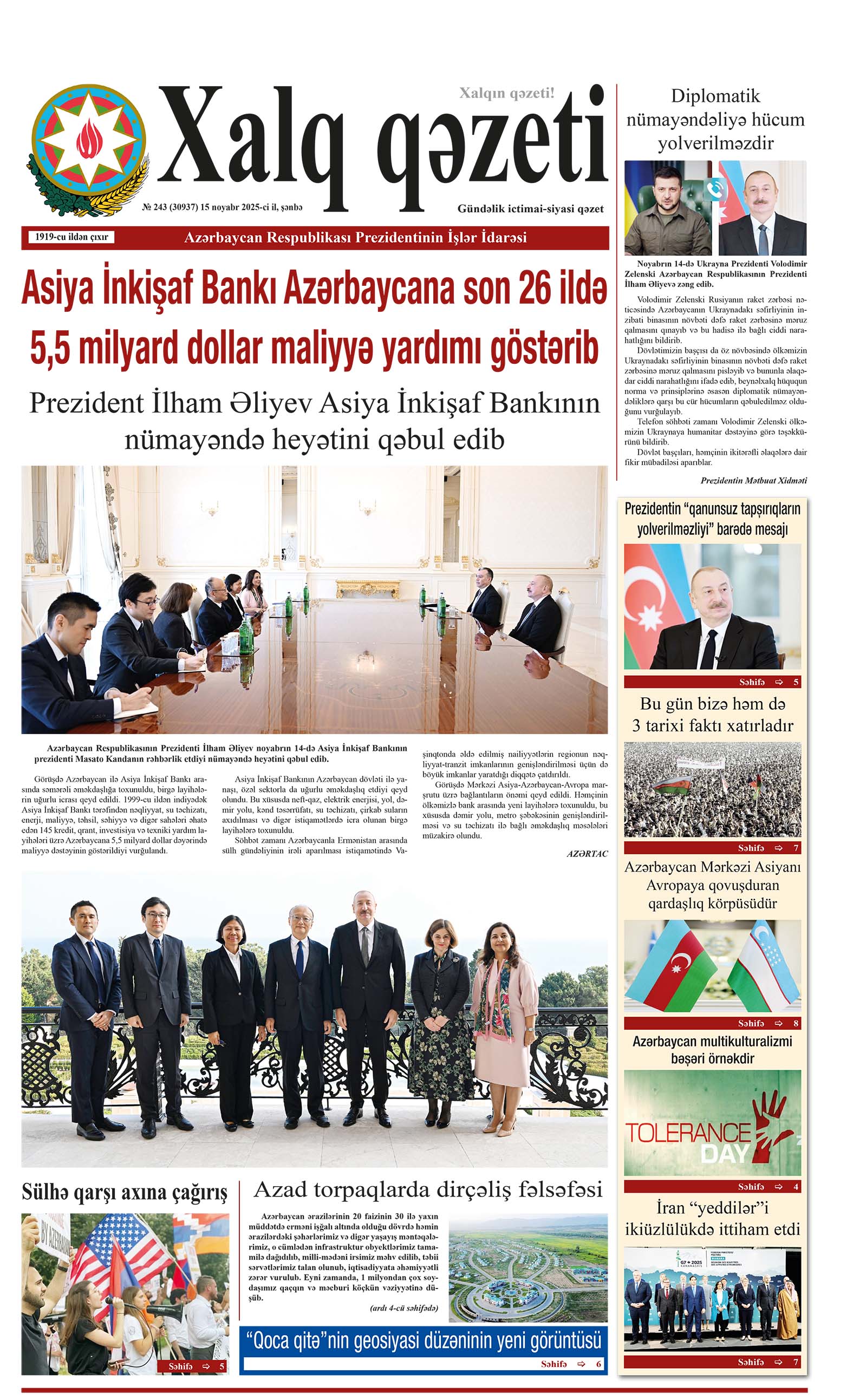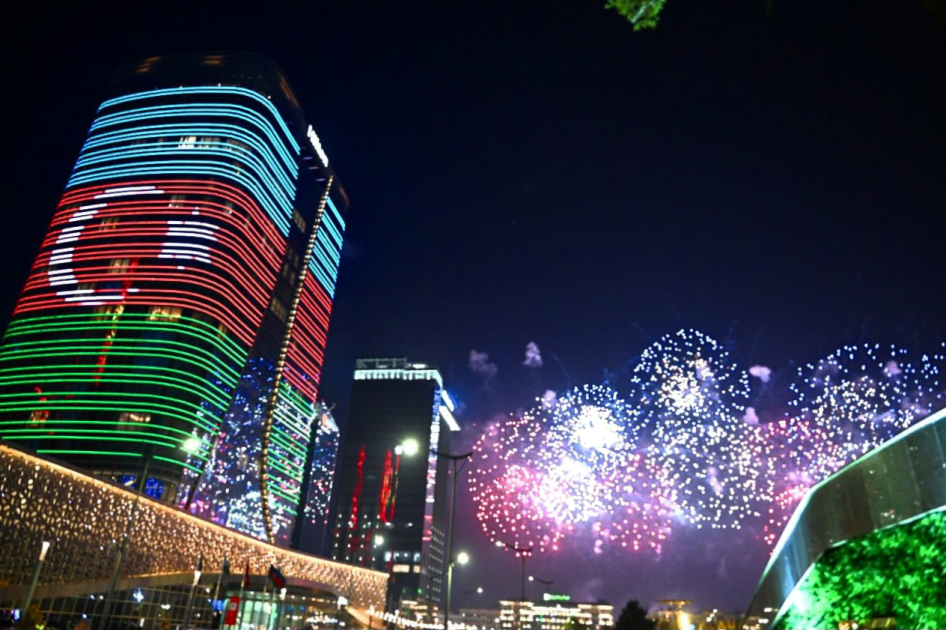ByJERUSALEM POST STAFF
Researchers link the rare bronze to Shimon Bar Giora; it will be displayed this summer at the Jay & Jeanie Schottenstein National Campus for the Archaeology of Israel.
Archaeologists in Jerusalem uncovered a rare bronze coin minted by Jewish rebels in the last year before the Second Temple’s destruction in 70 CE. Dating to the fourth year of the Great Revolt, it surfaced in the Jerusalem Archaeological Garden near the southwestern corner of the Temple Mount. It was well preserved and will be presented to the public for the first time in the summer at the Jay and Jeanie Schottenstein National Campus for the Archaeology of Israel in Jerusalem.
The discovery emerged in the sixth season of excavations led by Dr. Yuval Baruch, Dr. Filip Vukosavović, and Esther Rakow-Mellet. The Israel Antiquities Authority conducted the work with the City of David organization and the Society for the Reconstruction and Development of the Jewish Quarter, funded by the Shalem Project and the City of David Foundation. The project exposed remains spanning the Second Temple period through the Umayyad era and yielded a wealth of artifacts and findings.
The coin bears an ancient Hebrew legend reading For the Redemption of Zion alongside a goblet. Its reverse shows a lulav and two etrogim, the Four Species associated with the Feast of Tabernacles, with the inscription Year Four, indicating its production in the revolt’s fourth year. Researchers assessed that such Year Four issues were struck in Jerusalem under the leadership of Shimon Bar Giora during the city’s final defense. The dating, between Nissan (March–April) 69 CE and Adar (February–March) 70 CE, pointed to the final months before the Temple’s fall.
It would seem that in the rebellion’s fourth year, the mood of the rebels now besieged in Jerusalem changed from euphoria and anticipation of freedom at hand to a dispirited mood and a yearning for redemption. The inscription For the Redemption of Zion instead of the previous For the Freedom of Zion indicated deep changes in consciousness and perhaps in the desperate situation of the rebel forces about six months before the fall of Jerusalem, the 9th of Av in August 70 CE. The Four Species, markers of the Sukkot pilgrimage to the Temple, may have been meant to stir memories of previous celebrations and sustain hopes for a miracle among those under siege, said the Israel Antiquities Authority excavation director.
Year Four coins were relatively scarce, with most finds in Jerusalem and nearby, reflecting reduced minting toward the revolt’s end. Only some 400 of these coins were found across Israel, which for bronze coins was a small number. Most were found in Jerusalem, but some were unearthed in Masada, testifying to refugees who fled the city after it was destroyed, said a numismatist. The coin’s larger size and weight relative to earlier revolt issues further underscored the change in mindset as the siege intensified.
In recent days, a surprise was discovered: Yaniv David Levi, our numismatist, came here and found a coin that was covered with dirt. Even then, we thought it might be a rare coin. We waited eagerly for several days until he returned from cleaning, and it turned out to be a greeting from the Jewish rebels in the year four of the Great Revolt, said a researcher at the Israel Antiquities Authority. I found it about two weeks ago. It was covered in dirt, and only after cleaning it in the lab were we able to identify what it really was, said Levi.
The Great Revolt culminated in the destruction of the Second Temple in 70 CE and the subsequent enslavement and displacement of many Jews of Judea. The newly uncovered coin, struck in the city and likely on or near the Temple Mount, offered a direct link to the rebels’ final months and to the pleas they stamped into bronze as they sensed the end drawing near.


